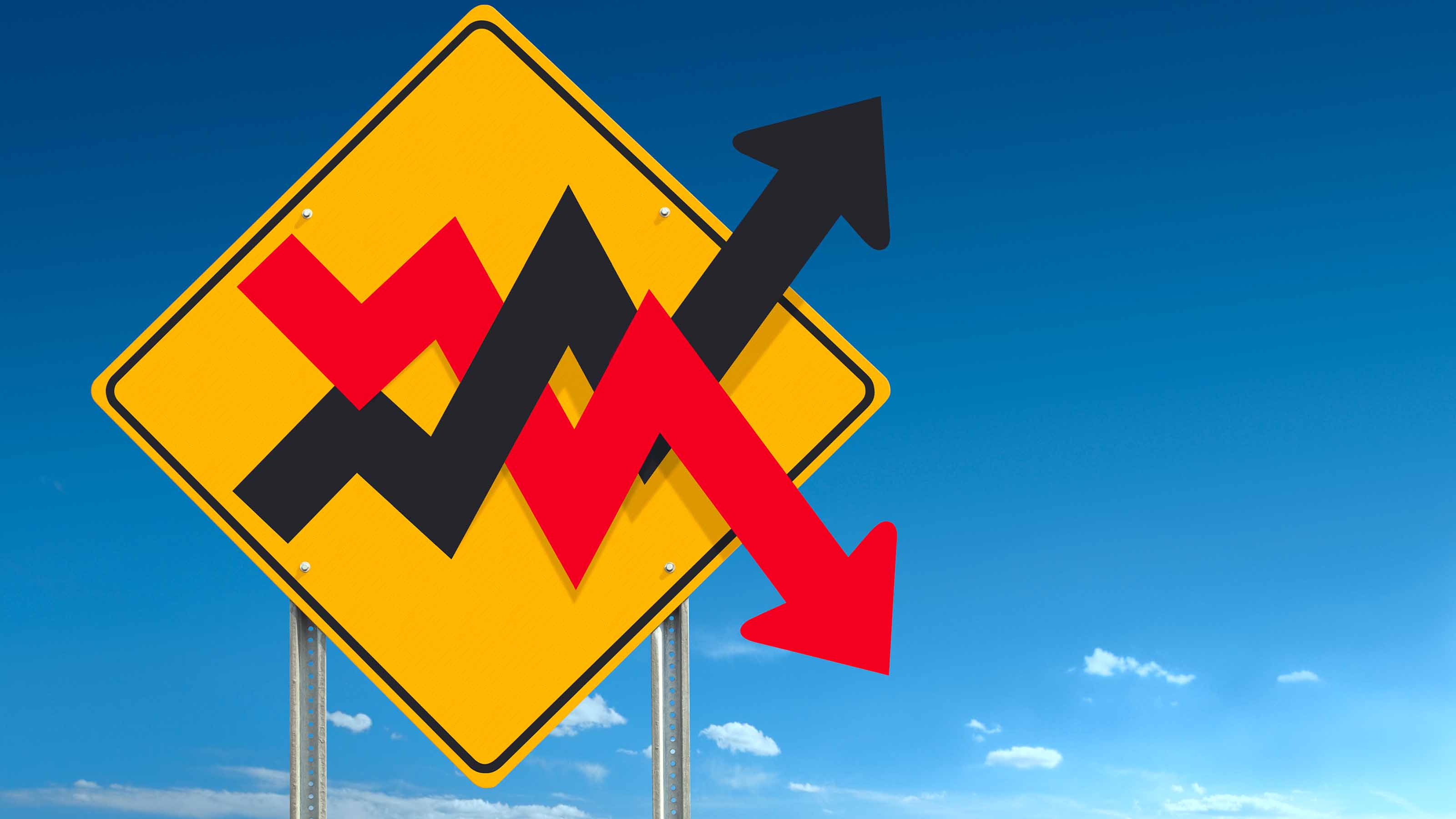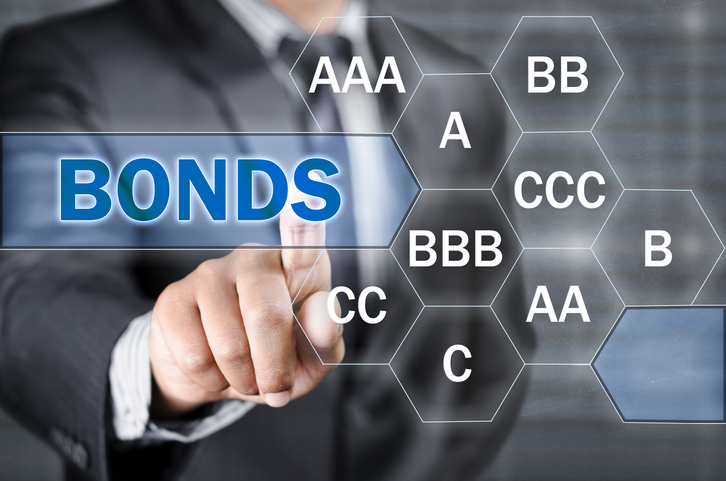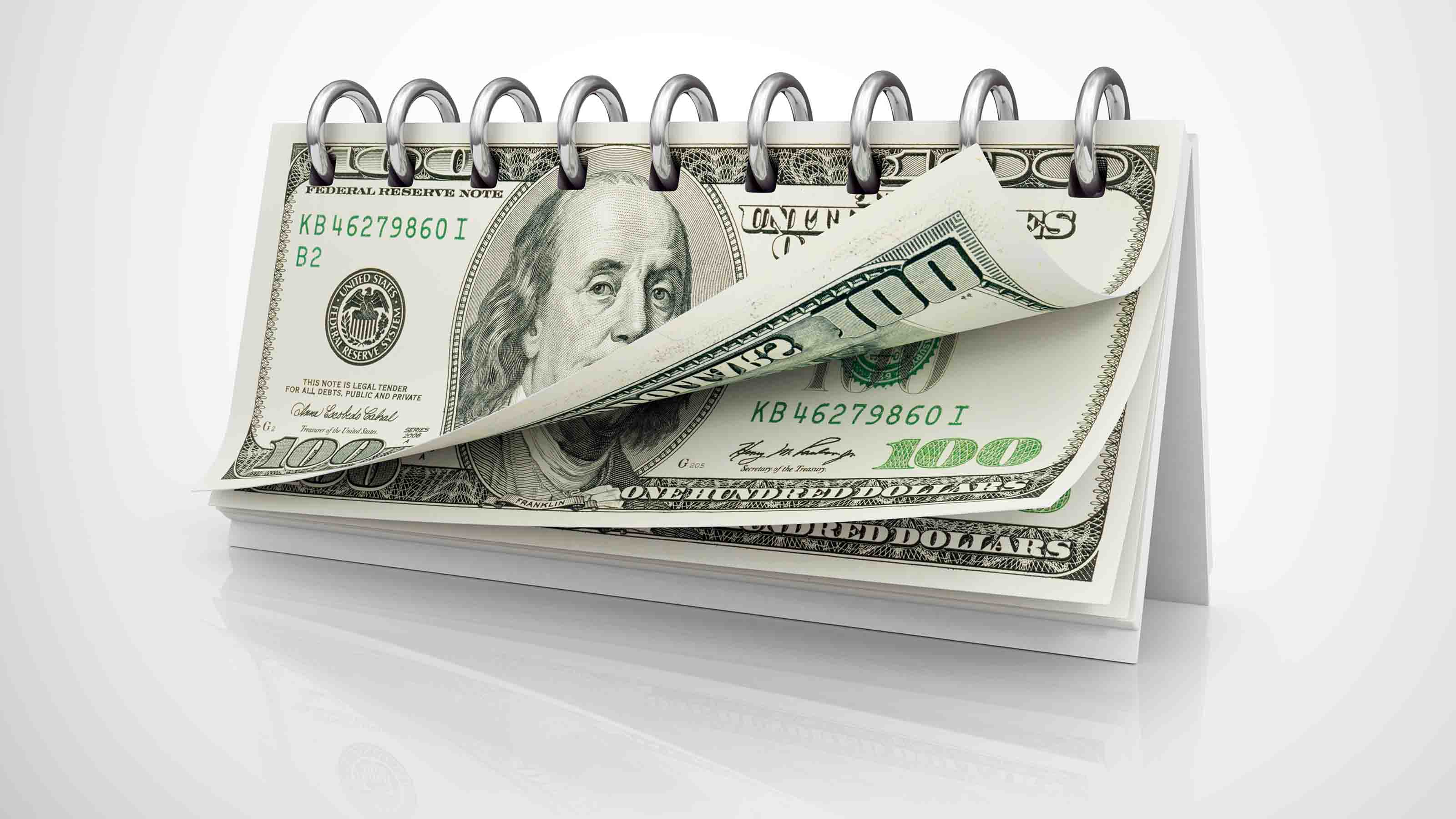Welcome Additions: More Bond ETFs
Finally, these exchange-traded funds are catching on, giving investors a chance to invest in everything from munis to junk bonds at much lower costs than traditional bond funds.

The Web site www.etfconnect.com lists 58 exchange-traded index bond funds. That's more than enough to build any imaginable income portfolio, taxable or tax-exempt, using ETFs exclusively. Given the spotty performance record and often outrageous expenses of traditional bond funds, this to me is a very good thing.
Until recently, bond ETFs have been something of an afterthought. The iShares Barclays Aggregate Bond Fund (symbol AGG), which tracks a broad index of taxable U.S. bonds, is the oldest, created in 2002. Vanguard didn't enter the market until 2007, and Pimco, the most famous name in bond funds, still doesn't offer any. But in 2008 and 2009 we've seen some new sponsors and sectors -- such as an ETF of pre-refunded municipals and another that invests in short-term mortgage-backed securities.
By and large, fixed-income ETF offerings are clearly labeled, simple to understand, and fill specific investment needs. "We love the fact that ETFs now let you dial in to different positions on the yield curve," says Mike McClary, vice-president of Valmark Securities, in Akron, Ohio, which constructs and manages a half-dozen all-ETF portfolios.

Sign up for Kiplinger’s Free E-Newsletters
Profit and prosper with the best of expert advice on investing, taxes, retirement, personal finance and more - straight to your e-mail.
Profit and prosper with the best of expert advice - straight to your e-mail.
So, for example, using iShares funds, you can buy ETFs that invest in Treasury securities of different maturities -- anywhere from one to three years to 20 years or longer. And you can shift the average maturity up or down depending on where you think interest rates are headed. (I think they're headed up soon, which means long-term T-bonds would take the biggest hit.) I'd stick with the iShares Barclays 3-7 Year Treasury Bond fund (IEI) if you want to own a government-bond ETF.
For corporate bonds, you can choose among three junk-bond ETFs plus a number of investment-grade corporate funds. If you're a real bull, the SPDR Barclays Capital Long Credit Bond ETF (LWC) has perhaps the longest maturity of any such fund and mixes in a few dollar-denominated foreign- government bonds for variety and extra yield.
If you're worried about the prospect of rising inflation, a number of ETFs -- including iShares Barclays TIPS Bond (TIP) and SPDR Barclays Capital TIPS (IPE)--invest in Treasury inflation-protected securities. Each of these has an average maturity of nine years and buys TIPS across the yield spectrum as the government issues new securities.
Phantom income. One drawback to holding TIPS in a taxable account is that they generate "phantom income." The principal value is adjusted annually to reflect inflation, and you're forced to pay taxes on the increase -- even though you don't actually get the money until you sell the bond or it matures. But McClary points out that iShares and Barclays deal with this problem by calculating the phantom income on which you'll owe taxes. The funds will send you a 1099 instead of leaving you or a puzzled accountant to guess at your tax liability.
By using ETFs to invest in bonds, you may be tempted to trade too frequently. ETFs give you the opportunity to change strategies quickly and cheaply, but don't overdo it. When John Largent, chief investment strategist of Members Trust Company, in Tampa, decided last year to ditch long-term Treasuries in favor of investment-grade corporate bonds, he simply had to press a few buttons to exchange one ETF for another instead of buying and selling a whole batch of bonds or mutual funds. "Could anything be more efficient than that?" asks Largent, who started as a floor trader on the New York Stock Exchange in the 1980s. Now he invests using ETFs almost exclusively.
Largent does make several distinctions among bond ETFs. One concerns expenses. To illustrate, two ETFs track what used to be known as the Lehman Aggregate Bond Index, now Barclays, which is essentially the entire U.S. taxable bond market. These are Vanguard Total Bond Market Index (BND) and iShares Barclays Aggregate Bond Fund. They aren't quite identical twins. Vanguard's expense ratio is 0.10. At iShares, it's 0.20. But when I checked not long ago, you had to pay a slightly higher premium to net asset value for BND than for AGG (most ETFs trade for a little more or less than the value of the fund's holdings). That all but erased the difference.
Even though the iShares ETF's expense ratio is twice that of the Vanguard ETF, both are so low that the gap isn't significant. That's especially true when you consider that you can pay more than 1% in expenses, plus sales charges, for dozens of bond mutual funds.
Largent also looks at the "depth" or size of an ETF. A small ETF can attempt to track the same benchmark as a larger one. But the greater its volume, the more efficient an ETF is at holding its trading and administrative costs to a minimum. As a result, Largent prefers to invest exclusively in iShares and Vanguard ETFs. McClrary uses those two plus SPDRs. I would agree with those choices and add PowerShares.
No implosions. McClrary offers an interesting theory as to why bond ETFs took so long to catch on. In the early days of ETFs, he says, investors and advisers used the funds as gadgets to play hot sectors and time the stock market. So ETFs earned a reputation as toys. Income investors aren't looking for that. They want regular, predictable income with as little volatility as possible. That's why most bond ETFs pay monthly cash distributions. Bonds that you own directly pay twice a year. Most open-end funds pay quarterly.
To date, no bond ETF has blown up, while all kinds of actively managed bond funds imploded in 2008. I sympathize with disciplined managers who got steamrolled by the lack of liquidity during the credit crunch. But I have only contempt for those fund jockeys who dealt in inscrutable derivatives to chase a few extra scraps of return -- as was the case with some of the ultra-short funds I wrote about in my last column -- and lost 30% of your principal in funds billed as low-risk. I assure you that won't happen if you invest in Vanguard Total Bond Market Index or iShares Barclays Aggregate Bond Fund. Stir in some iShares iBoxx $ Investment Grade Corporate Bond (LQD), a corporate bond ETF, put 10% into a TIPS fund, and finish with 5% in a JNK (that's junk) ETF. I just might take this route myself.
Get Kiplinger Today newsletter — free
Profit and prosper with the best of Kiplinger's advice on investing, taxes, retirement, personal finance and much more. Delivered daily. Enter your email in the box and click Sign Me Up.

-
 The AI Doctor Coming to Read Your Test Results
The AI Doctor Coming to Read Your Test ResultsThe Kiplinger Letter There’s big opportunity for AI tools that analyze CAT scans, MRIs and other medical images. But there are also big challenges that human clinicians and tech companies will have to overcome.
By John Miley Published
-
 The Best Places for LGBTQ People to Retire Abroad
The Best Places for LGBTQ People to Retire AbroadLGBTQ people can safely retire abroad, but they must know a country’s laws and level of support — going beyond the usual retirement considerations.
By Drew Limsky Published
-
 Why Investors Needn't Worry About U.S. Credit Downgrade
Why Investors Needn't Worry About U.S. Credit DowngradeFitch Ratings The United States saw its credit rating downgraded for just the second time in history, but experts aren't worried about the long-term damage to stocks.
By Dan Burrows Published
-
 Income-Investing Picks for a Recession
Income-Investing Picks for a RecessionInvesting for Income Some consequences of an economic downturn work to the benefit of fixed-income investors. Here are three fund ideas that fit the bill.
By Jeffrey R. Kosnett Published
-
 Dogs of the Dow Are 2022's Best in Show
Dogs of the Dow Are 2022's Best in Showdividend stocks Some of the best investments for income investors in a volatile 2022 have come from the Dogs of the Dow.
By Jeffrey R. Kosnett Published
-
 Bond Values in a Volatile Market
Bond Values in a Volatile MarketInvesting for Income While the market's instability may not be over just yet, the latter half of the year should be less daunting – and possibly more rewarding – for investors.
By Jeffrey R. Kosnett Published
-
 Should You Buy Bonds Now? What To Consider
Should You Buy Bonds Now? What To Considerbonds The fixed-income market has been turned on its head in recent years, but there are still opportunities for those looking to buy bonds again.
By James K. Glassman Last updated
-
 Dividend Dates: A Beginner's Guide
Dividend Dates: A Beginner's Guidedividend stocks Everything you need to know about ex-dividend dates, dividend announcements and other parts of the dividend calendar.
By Charles Lewis Sizemore, CFA Published
-
 Income Investors Should Look Beyond the Ukraine Invasion
Income Investors Should Look Beyond the Ukraine Invasionstocks Unless you invested in a Russian-themed ETF or an emerging markets index fund, the destruction of Moscow's capital markets is a distraction for investors.
By Jeffrey R. Kosnett Published
-
 Consider Short-Term Bond Funds
Consider Short-Term Bond FundsInvesting for Income These funds own the kind of stuff that benefits from a healthy economy and can withstand the Fed's rate hikes.
By Jeffrey R. Kosnett Published